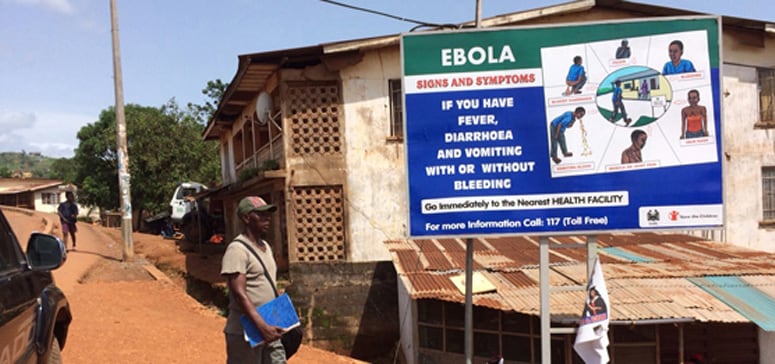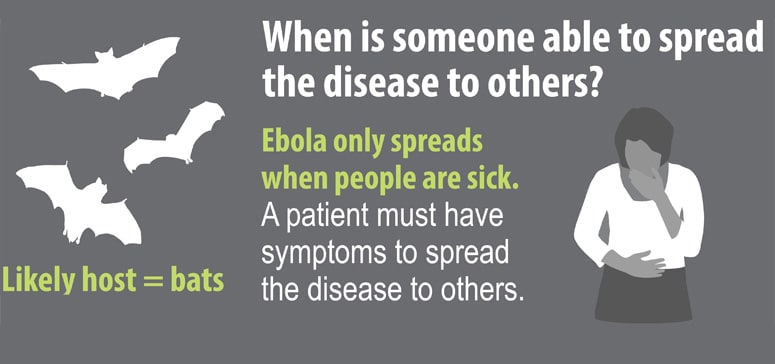The
Ebola virus has affected thousands the past three months. Ebola, also known as
Ebola hemorrhagic fever, is a deadly virus that started in
northwestern and central parts of Africa. Recently, the Ebola
virus has managed to become a major concern for countries in Africa and across
the world. With a death rate of 90 percent, the Ebola virus has killed more
than 1,200 people in Africa, particularly those in impoverished areas like Sierra
Leone.
Last month, two people from America caught Ebola in West Africa;
both were transported back to the United States, treated with
experimental drugs, and were released from the hospital. This past month,
a traveller from Monrovia, Liberia was diagnosed with Ebola in Dallas, Texas; predictably, this person was infected with the virus before boarding a flight to
America. He was not treated successfully and passed away from the strong
disease. Two nurses who cared for this person have been infected with Ebola the
past few weeks, and there are no more reported cases with Ebola thus far.
How does a virus like this even enter the human population and spread, some might ask? According to the World Health Organization (WHO), the virus is transmitted to humans by wild animals that are infected with the virus. Mainly fruit bats are known to be the natural host for the Ebola virus. Once a person contracts the virus they begin to experience symptoms that include: fever, muscle pain, weakness, sore throat, and headaches. Those are only the sudden symptoms when infected with the virus, and then more dangerous symptoms occur like diarrhea, rashes, and vomiting. The only way the virus is transmitted from human-to-human is by the contact of bodily fluids.
There some are treatments for those infected with the virus, but there are no vaccines availed so far. Although there are treatments available for the virus, there is no single, specific treatment for Ebola; however, new ones are being tested continuously in order to get those infected healthy again, and there are two people in the USA today who were successfully cured from the virus. Until a cure is developed, we should realize following:
-Trustworthy Ebola information is produced from organizations such as Centers for Disease Control and Prevention (CDC) and the World Health Organization (WHO).
-Resources, such as the American Health Officials from CDC, have assured the public that an outbreak of Ebola is very rare, and there are measures in place to prevent its spreading.
-Unless you engage in direct contact with the blood or bodily fluids of someone who has Ebola, the CDC explains that you cannot get the disease.
-Ebola cannot be spread through air, water, or food.
For more truth on Ebola, please visit the following reliable links:
Researched and written by Dean Osmond and The Woodlands Preparatory School




No comments:
Post a Comment